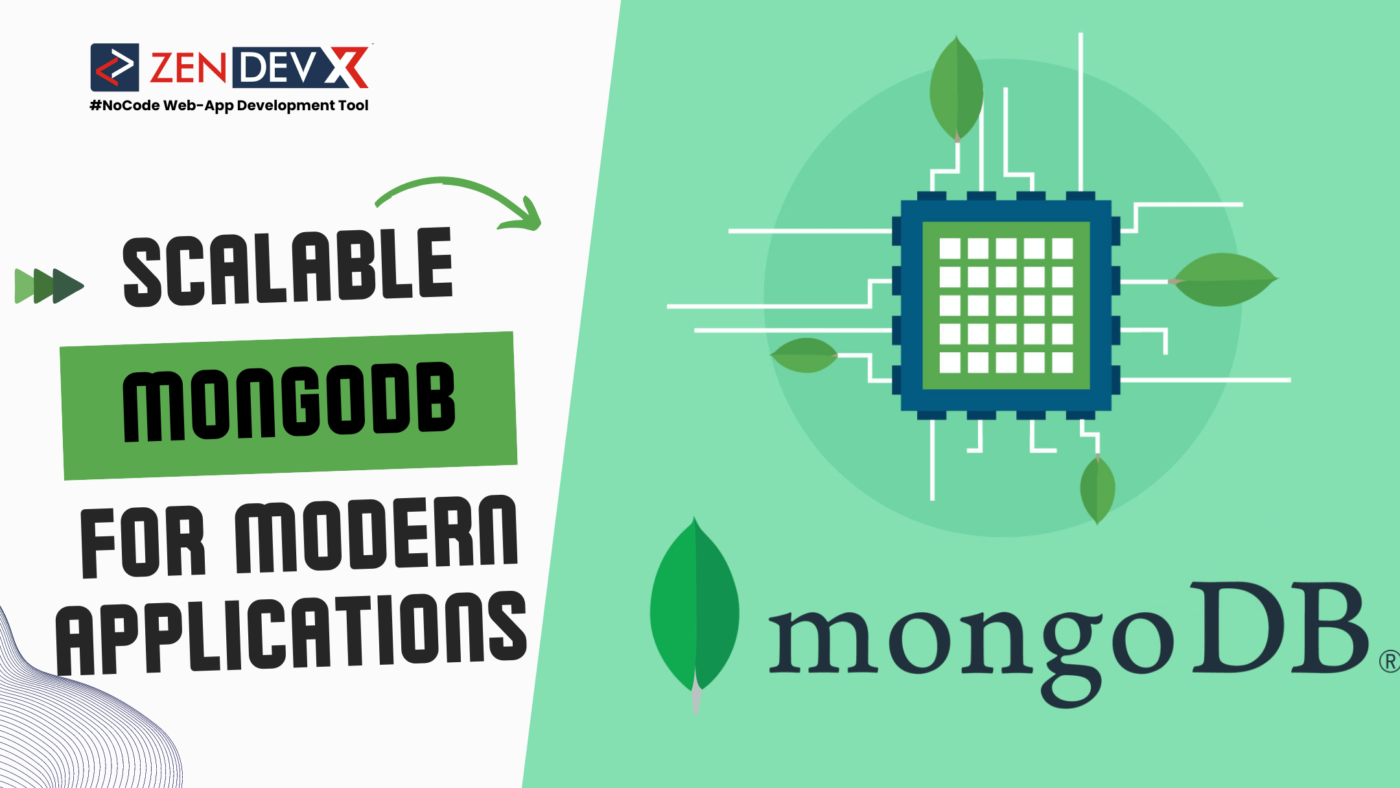Open-source document-oriented database MongoDB is the most widely used NoSQL database. NoSQL is short for “non-relational.” That implies that MongoDB offers a completely alternative mechanism for data storage and retrieval and is not based on the table-like relational database structure. Like JSON format, this storage format is called BSON.
The data in SQL databases is tabular. For the fast-expanding real-world applications of today, the established data model in which this data is kept could be more flexible. More social, dynamic, and networked than ever are modern applications. Applications are storing and retrieving data at increasing rates.
Relational database management systems (RDBMS) are not horizontally scalable; hence, by design, there are better options for managing large data. One server running the database will eventually hit a scaling limit. NoSQL databases are more scalable and offer better performance. Such a NoSQL database is MongoDB, which grows by adding more and more servers and boosts productivity with its adaptable document model.
MongoDB against RDBMS
MongoDB is document-oriented, RDBMS typically displays the number of tables and their relationships in their schema design. Relationships or schema are nonexistent concepts.
In MongoDB, complex join operations are not supported; hence, complex transactions are not supported. MongoDB makes a very adaptable and scalable document structure possible. In MongoDB, for instance, a data document in a collection can have two fields, and another document in the same collection can have four. The effective indexing and storing methods of MongoDB make it faster than RDBMS.
Two databases contain a few linked terms. MongoDB refers to what is called a Collection, which an RDBMS calls a Table. In the same vein, a Column is known as a Field, and a Row as a Document. When not specified explicitly, MongoDB offers a default “_id”—a 12-byte hexadecimal number—that guarantees each document is unique. It is like an RDBMS primary key.
Functions of MongoDB
1. Document Oriented
Unlike RDBMS, MongoDB does not divide the primary subject into several relational structures; rather, it saves it in the fewest documents. For instance, it does not keep separate relational structures like CPU, RAM, hard disk, etc.; rather, it saves all the information of a computer in one document named Computer.
2. Indexing
A database would have to scan every document in a collection inefficiently in order to choose the ones that match the query without indexing. Indexing is, therefore, essential to effective searching, and MongoDB makes use of it to analyze enormous amounts of data quickly.
3.Scalability
By sharing—dividing data among several servers—MongoDB scales horizontally. The shard key is used to split data into data chunks, which are then equally dispersed among shards that are spread over several actual servers. Furthermore, a database in operation can have new machines added to it.
With several copies of data on several servers, MongoDB improves data availability. Through redundancy, it shields the database against hardware malfunctions. The data is easily retrievable from other active servers that also have the data stored on them in the case that one server fails.
4. Aggregation
Operations for aggregation process data records and provide the computed outcomes. That is comparable to the SQL GROUPBY clause. Among the aggregation expressions are sum, average, min, max, etc.
Where Shall We Apply MongoDB?
In the subsequent situations, MongoDB is better than RDBMS:
Big Data : Consider MongoDB before RDBMS databases if you have a large volume of data to be kept in tables. MongoDB includes an integrated way to split and share your database.
Unstable Schema : While MongoDB has no schema, RDBMS makes it difficult to add additional columns. It will be quite simple and does not influence previous documents to add a new field.
Separated Data : Even in case of a hardware breakdown, data recovery is safe and quick because several copies of the data are kept on several servers.
MongoDB Language Support
Currently, all widely used programming languages—C, C++, Rust, C#, Java, Node.js, Perl, PHP, Python, Ruby, Scala, Go, and Erlang—have official driver support from MongoDB.


